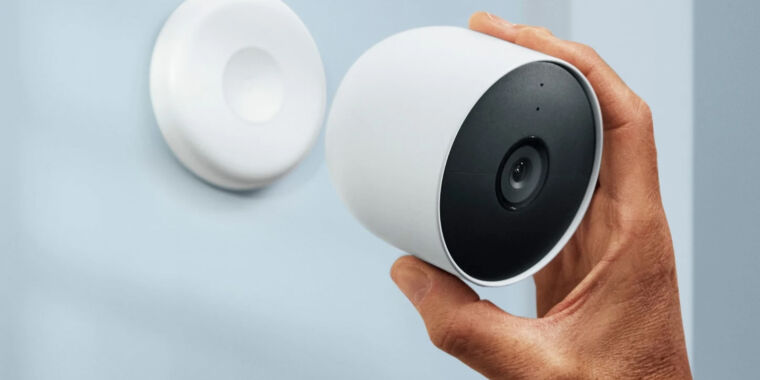Security cameras have become more commonplace, and as such, have been integrated with other technologies such as the web, cloud storage, and even automation to increase their functionality, make them more convenient to operate, and boost their overall efficiency. Cameras like this were originally deployed for keeping people safe, but today nest camera stands have expanded uses in fields like marketing (for things like traffic and behavioral research) and human resources (to help with things like workers’ compensation claims, where having video evidence is essential).
However, there is more work involved than just installing Nest cameras for a company to get a good return on investment. You should figure out whether or not installing security cameras or a closed-circuit TV system is necessary.
- Do you need them to keep an eye on the premises, the personnel, or the customers?
- Do you want them to prevent burglaries and vandalism?
- Do you believe they will put an end to fraud or theft in the workplace?
Perhaps you can use them to answer all 3 of these questions, or at least some of them. These are all concerns that should be included in your security camera installation plan. However, this still doesn’t guarantee that your nest camera stand system will work. Placement, care, and functionality are all factors to think about.
Guidelines for Mounting a Security Camera
- Make Sure the Camera Can Be Seen
There will be no deterrence from trespassers, thieves, or vandals if they can’t see your camera. To be seen is a simple matter. To check whether a camera can be seen, just approach the area you want to guard. If not, it must be relocated. Of course, it’s quite improbable that a camera would be seen from every angle, so you’ll need to use your best judgment when deciding where to put it.
Think about the impact of ‘promoting’ your security camera by putting signs in unsuspicious locations.
- Indicate the proper course of action
Find the optimal locations for your confined TV cameras, and then make sure they’re filming what you want them to. Don’t be afraid to play around with different heights, lighting conditions, and angles of view. Intruders cannot be positively identified even if their heads are cut off (on video).
- Watch out for the camera equipment
When police have sought to study security camera video, they have often been met with silence. If you have someone in control of the surveillance cameras, you won’t have to worry about a repeat performance. This individual should be in charge of both maintaining the cameras and turning them on at the appropriate times.
- Be sure to routinely test your camera
A few of the camera systems may be installed in outdoor locations. They’ll become grimy, and strong gusts might blow them about a little. Keep an eye on your cameras to make sure they’re still functioning properly and catching the right angles, that their mounting brackets aren’t coming loose, and that dust and debris haven’t accumulated on their lenses. Make sure the link is stable by snugging up the cords.
- Put your video camera to the test
It’s not a given that the image is being captured accurately even though it’s visible on your screen. Keep an eye on the display and playback the footage that ought to be captured. Assess the visual quality of the alternatives. Recorders should be maintained periodically and their heads should be cleaned once a week using a head cleaning tape.
- Be sure your data are safe
It is highly recommended that you secure all of your video recordings, including DVDs and other video recordings, by storing them in a safe that is resistant to fire if at all feasible. This piece of advice that has been given to you deserves your full attention and thoughtful consideration. According to the results of several studies that have been carried out on the subject, the material that is displayed on a videotape that has been in circulation for 10 years may no longer be accurate. This is indicated by the findings of research that have been carried out on the issue. If you want to prolong the amount of time that your surveillance footage is truly relevant, you may do it in one of two ways. Both of these methods are open to you.
- They need to have a temperature that is consistently about 62 degrees Fahrenheit, which is around 17 degrees Celsius.
- Keeping them in an atmosphere that is dry and has a reasonably low degree of humidity will prevent the hydrolysis process from taking place (approximately 30 percent). As a direct result of this aspect, cassettes may experience rapid degradation, which might be problematic.

